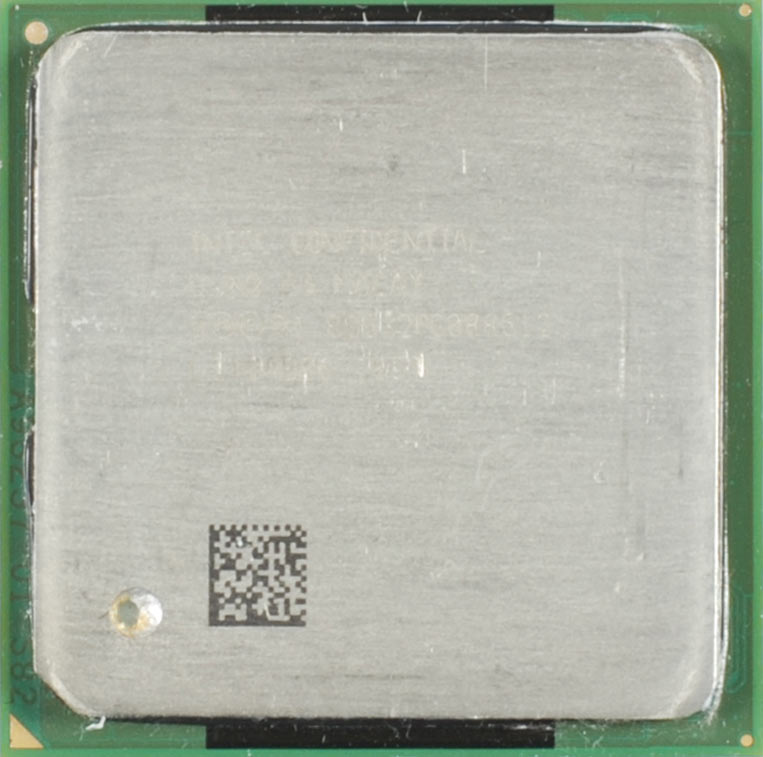Intel Pentium 4 Vs. Atom: A Battle Of The Generations
Most people know that Intel’s Atom is a slow, low-cost processor. But does it even offer enough performance to take it beyond desktop processors nearly a decade old? Today we're comparing a modern Atom CPU to two Northwood-class Pentium 4-based PCs.
Oldie But Goldie: Intel Pentium 4 (Northwood)
The Northwood-based Pentium 4 was the first processor to employ Intel’s Socket 478 interface and dual-channel memory. It was the second Pentium 4 generation, and it utilized a 130 nm CMOS manufacturing process with 512 KB of L2 cache and clock speeds between 1.6 and 3.4 GHz. Early versions were based on a 400 MHz front-side bus speed (100 MHz) while faster models ran at 800 MT/s (200 MHz) and used dual-channel DDR-400 memory.
The step to an 800 MT/s FSB and the 865/875 Express chipsets brought substantial change. Intel introduced its LGA 775 interface and the 90 nm Prescott core in 2003, but since these chips increased power consumption without introducing an equivalent performance increase, we decided to stay with the older platform for this review.
First, we tested a Pentium 4 at 2.2 GHz. This is a 400 MT/s FSB design that didn’t support Hyper-Threading. In order to get the comparison numbers with HT, we also added a Pentium 4 C at 3.2 GHz. Hyper-Threading is valuable bcause the operating system perceives two processing cores for every physical core. The technique is better at saturating the Northwood’s long, 20-stage pipeline. The 3.2 GHz model runs on an 800 MT/s FSB with a maximum TDP of 89 W, while the 2.2 GHz model stays below 57.1 W.
Obviously, the 3.2 GHz version is much faster, but it also drains significantly more power at idle and under heavy loads. Keep in mind that processors in 2002 did not have power saving mechanisms like SpeedStep. As a result, both Pentium 4 systems require at least twice the idle power than our Atom solutions and up to five times the peak power. Will the Pentium 4 system be capable of delivering performance in about the same range?
DFI’s LANParty Pro 875B with an ATI Radeon 800 Pro served for this project.
Get Tom's Hardware's best news and in-depth reviews, straight to your inbox.
Current page: Oldie But Goldie: Intel Pentium 4 (Northwood)
Prev Page Can Atom Beat A Pentium 4? Next Page Better Than Its Reputation? Intel's Atom


